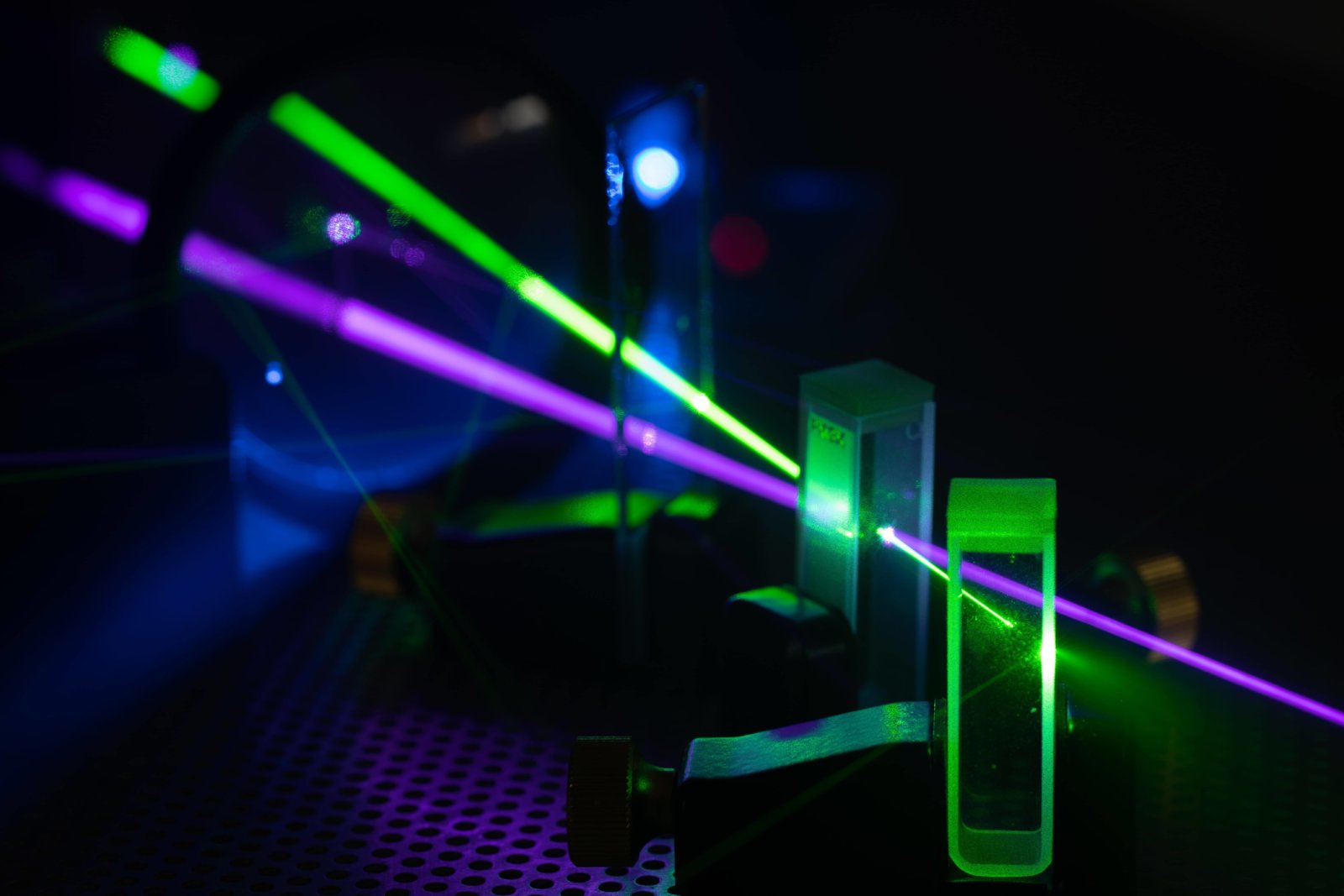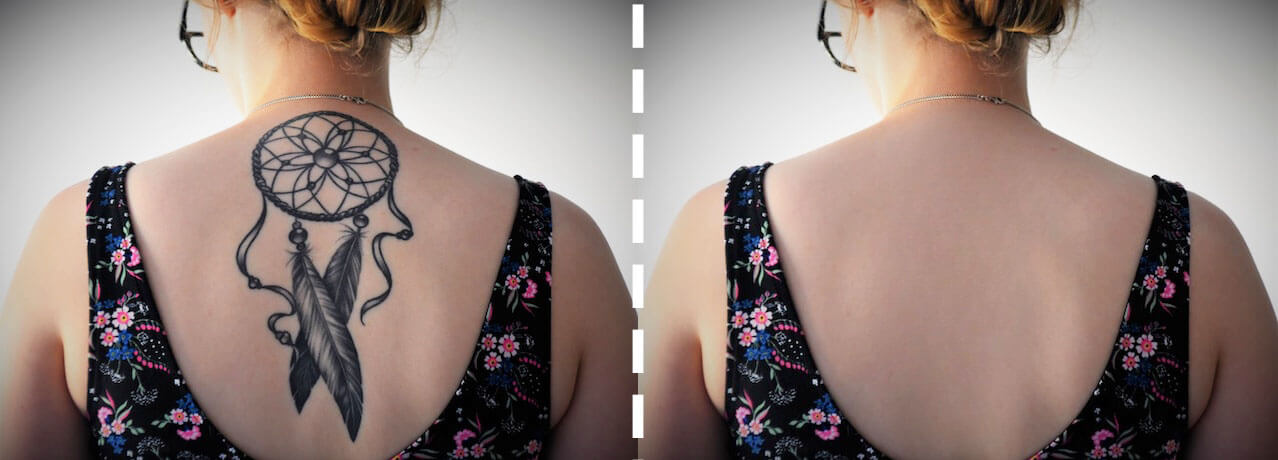 barb.pro
barb.pro Introduction: Unveiling Tattoo Removal Options Tattoo regret is real. Maybe that youthful impulse doesn't quite mesh with your current aesthetic, or perhaps career aspirations are driving the decision. Whatever the reason, you're considering tattoo removal. This post will delve into understanding tattoo removal options and guide you through a step-by-step approach to determining the best path for you. We'll cover different methods, factors affecting cost and effectiveness, and provide insights to help you make an informed decision.
Reviewing Tattoo Removal Methods The most common and effective method is laser tattoo removal. Other methods exist, but they are generally less effective and can carry higher risks of scarring. Laser Tattoo Removal: This method uses concentrated light pulses to break down the tattoo ink into smaller particles that your body can then eliminate. Different lasers target different ink colors. The number of sessions required varies depending on the tattoo's size, color, location, and your skin type. It's crucial to find a qualified and experienced practitioner. Potential side effects include redness, swelling, blistering, and in rare cases, scarring or changes in skin pigmentation. Surgical Excision: This involves cutting out the tattooed skin and stitching the remaining skin together. It's best for small tattoos. Scarring is inevitable. Dermabrasion: This involves sanding down the top layers of skin to remove the tattoo ink. It's generally less effective than laser removal and carries a high risk of scarring and infection. Chemical Peels: These involve applying chemical solutions to the skin to remove the tattoo. They are less effective than laser removal and can cause significant skin irritation and scarring. Tattoo Removal Creams: These creams claim to fade tattoos over time. However, their effectiveness is questionable, and they can often cause skin irritation and allergic reactions. They are generally not recommended by dermatologists.
Step-by-Step Guide to Choosing Tattoo Removal Here's a structured approach to help you navigate the tattoo removal process:
- Research and Information Gathering: Begin by learning about the different tattoo removal methods and their pros and cons. Online resources, reputable medical websites, and consultations with professionals are all valuable sources of information.
- Consultation with a Qualified Professional: Schedule consultations with several qualified dermatologists or certified laser technicians. During these consultations, discuss your tattoo (size, color, location), your skin type, your desired outcome, and any medical conditions you have. Ask about the type of laser they use and their experience.
- Assessment and Personalized Treatment Plan: The professional should assess your tattoo and skin to create a personalized treatment plan. This plan should include the estimated number of sessions required, the expected cost per session, and the potential risks and side effects.
- Budget and Financing: Tattoo removal can be expensive. Obtain detailed cost estimates from each professional and factor in all associated expenses (e.g., aftercare products, consultation fees). Explore financing options if needed.
- Choosing a Provider: Select a provider based on their qualifications, experience, reputation, and your comfort level. Verify their credentials and read online reviews.
- Prepare for Treatment: Follow the provider's instructions before each treatment session. This may include avoiding sun exposure, shaving the treatment area, and avoiding certain medications.
- Aftercare: Follow the provider's aftercare instructions carefully to promote healing and minimize the risk of complications. This may include applying a topical ointment, keeping the area clean and dry, and avoiding sun exposure.
- Follow-Up Appointments: Attend all scheduled follow-up appointments to monitor progress and address any concerns.
Factors Affecting Tattoo Removal Cost The cost of tattoo removal varies considerably based on several factors: Tattoo Size: Larger tattoos require more treatment sessions, increasing the overall cost. Ink Colors: Some ink colors are more difficult to remove than others. Black and dark blue inks are generally easier to remove than green, yellow, and pastel colors. Tattoo Location: Tattoos on areas with good blood circulation (e.g., chest, back) tend to respond better to laser removal than tattoos on areas with poor circulation (e.g., ankles, fingers). Ink Density: Heavily saturated tattoos require more sessions. Skin Type: People with darker skin tones may require more sessions or specialized lasers to minimize the risk of pigmentation changes. Number of Sessions Required: The average number of sessions ranges from 5 to 10 or more, depending on the factors listed above. Provider's Expertise and Location: Experienced professionals and practices in larger metropolitan areas often charge higher fees.
Conclusion: Making an Informed Decision Embarking on tattoo removal is a significant decision. It's essential to gather information, consult with professionals, and carefully consider all the factors involved before proceeding. Be realistic about the potential outcomes and understand that complete removal is not always guaranteed. By taking a well-informed and cautious approach, you can increase your chances of achieving the desired results and minimizing the risk of complications. Remember patience is key, the process is gradual and requires multiple sessions for optimal results.
Butterfly Tattoo Designs And Meanings
 barb.pro
barb.pro 86 Minimalist Tattoo Ideas To Inspire Your Next Piece (2023) — Minimalgoods
 www.minimalgoods.co
www.minimalgoods.co Best 45+ Forearm Tattoos For Men: Ideas And Inspiration
 fashionterest.com
fashionterest.com ![50 stunning compass tattoo design ideas [best of 2024]](https://i0.wp.com/www.trendingtattoo.com/wp-content/uploads/2022/02/Ship-and-Compass-Tattoo-Design-on-Arm.jpg) www.trendingtattoo.com ```html
www.trendingtattoo.com ```html  www.sacredarts.com
www.sacredarts.com  bodyartguru.com
bodyartguru.com  infoupdate.org
infoupdate.org  www.boredpanda.com
www.boredpanda.com  www.physics-study.com
www.physics-study.com  www.maple367.eu.org
www.maple367.eu.org  nationallaser.com
nationallaser.com  spcminer.com ```html
spcminer.com ```html  barb.pro
barb.pro  www.infoupdate.org
www.infoupdate.org  ar.inspiredpencil.com
ar.inspiredpencil.com  www.americanedgeknives.com
www.americanedgeknives.com  cults3d.com
cults3d.com  www.compadre.org
www.compadre.org  orbray.com
orbray.com  blog.pincel.app
blog.pincel.app  sliqclinic.com
sliqclinic.com  sliqclinic.com
sliqclinic.com  www.tattoo-school.com
www.tattoo-school.com  www.atlantictattooremoval.com
www.atlantictattooremoval.com  www.tattoo-school.com
www.tattoo-school.com  pixabay.com ```html
pixabay.com ```html  basic-tutorials.com
basic-tutorials.com  www.independent.co.uk
www.independent.co.uk  primmart.com
primmart.com  vivahifu.com
vivahifu.com  www.pinterest.com
www.pinterest.com  thai.tattoo
thai.tattoo  thai.tattoo
thai.tattoo  www.tattoodo.com
www.tattoodo.com 